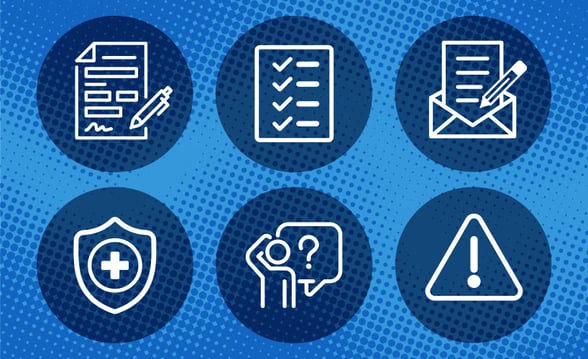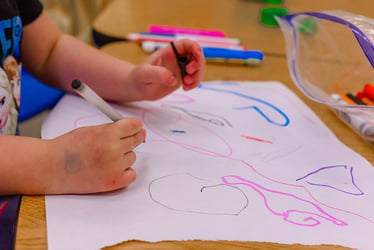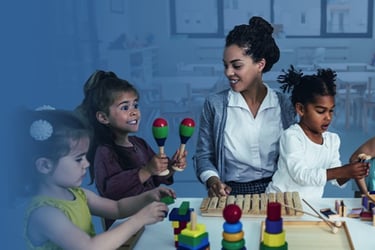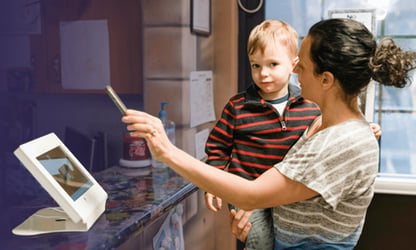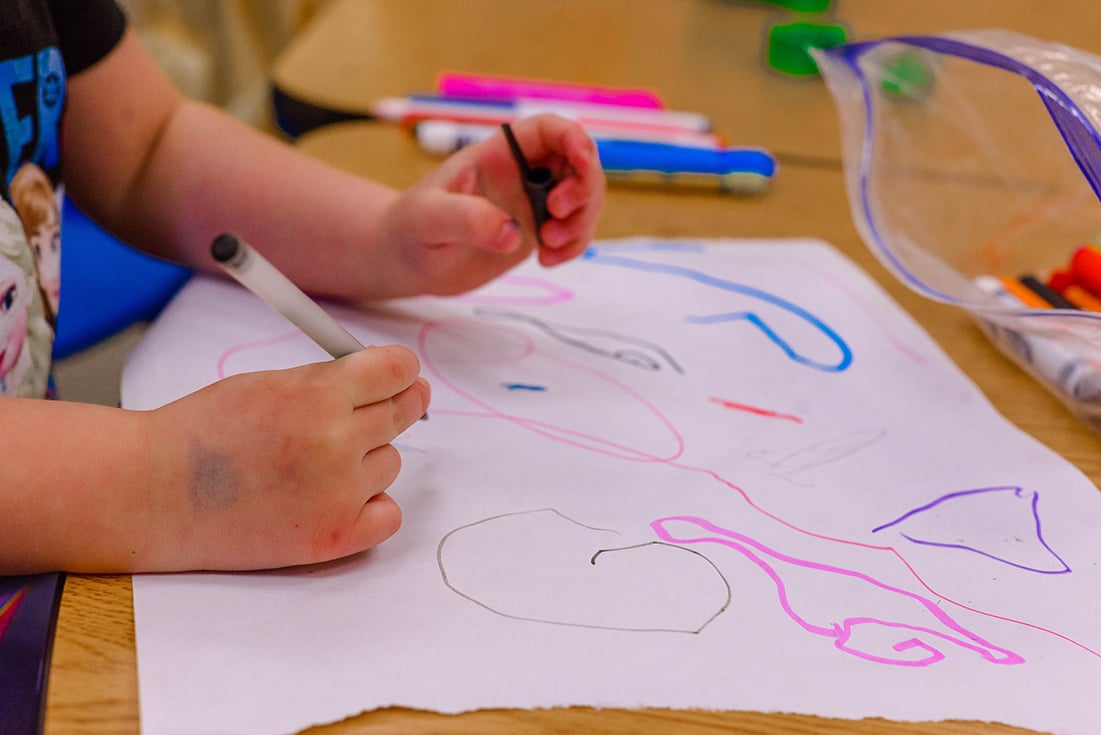
Today, we embark on a journey to explore the transformative world of preschool activities tailored for children with autism. Our goal? To illuminate the path for educators and parents alike, showcasing how specialized preschool autism activities can open doors to new worlds of learning and interaction for these extraordinary young minds. Let's dive in and discover the beauty of inclusivity, learning and growth.
Table of Contents
- Engaging Preschool Activities for Children with Autism: A Comprehensive Guide
- The Top 10 Activities for Preschoolers with Autism
- Looking Ahead: The Role of Continuous Learning and Adaptation
- Personalized Learning Plans: A Key to Unlock Potential
- Feedback Integration: The Pathway to Continuous Improvement
- The Future of Technology in Autism Education
- Key Takeaways
- FAQs
Engaging Preschool Activities for Children with Autism: A Comprehensive Guide
In the heart of every child lies a unique way of understanding the world. This is especially true for children with autism, who perceive and interact with their surroundings in ways that are distinctively their own. Recognizing this, we've crafted a guide that seeks not just to educate but to inspire, drawing on a wealth of resources, including our dedicated child care page, to bring you insights and autism preschool activities designed to enrich the preschool experience for these wonderful children.
Understanding Autism in the Preschool Setting
Before we delve into the activities, it's crucial to ground our understanding in what makes these activities not just fun, but effective. Autism, or autism spectrum disorder (ASD), affects children in a multitude of ways, influencing how they communicate, interact and engage with their environments. With this understanding, our approach to selecting and designing preschool autism activities is deeply rooted in empathy, inclusivity and the desire to foster an environment where every child feels valued and understood.
The Role of Educators and Parents
The journey of learning for a child with autism is a collaborative one, involving educators, parents and the children themselves. By embracing the activities and strategies outlined above and using resources like our child care integrations for seamless communication and planning, we can create a learning environment that is as diverse and remarkable as the children we aim to support and that creates parental support for autism learning.
The Top 10 Activities for Preschoolers with Autism
Interactive Learning Through Play
1. Activity: Sensory Scavenger Hunt
Objective: Enhance sensory processing and cognitive skills through an interactive and engaging outdoor autism and sensory integration exercise.
Implementation: Create a list of items for children to find based on textures, colors and shapes. Use outdoor play resources to facilitate an organized and inclusive scavenger hunt, ensuring each child can participate at their own pace.
Building Communication Skills
2. Activity: Picture Exchange Communication System (PECS) Board
Objective: Foster nonverbal communication through the use of visual aids.
Implementation: Employ visual aids and technology to create a PECS board tailored to each child's daily needs and preferences, encouraging them to communicate wants and needs effectively.
Enhancing Social Interaction
3. Activity: Partner Painting
Objective: Promote social skills and cooperation through shared art projects.
Implementation: Pair children together and provide them with a large canvas and nontoxic paints. Guide them in creating a piece of art together, emphasizing teamwork and shared decision-making.
Cognitive Development Through Technology
4. Activity: Interactive Story Apps
Objective: Improve language and cognitive skills using digital storytelling.
Implementation: Select age-appropriate story apps, allowing children to interact with stories through touch and voice. These apps can tailor the learning experience to each child's pace and interest.
Motor Skills and Coordination
5. Activity: Obstacle Course Adventure
Objective: Enhance gross motor skills, coordination and problem-solving abilities.
Implementation: Set up a simple indoor or outdoor obstacle course using soft mats, tunnels and hoops. Encourage children to navigate the course, focusing on tasks like jumping, crawling and balancing. This activity can be adjusted to each child's skill level, ensuring a safe and rewarding experience.
Sensory Integration
6. Activity: Texture Exploration Stations
Objective: Foster sensory awareness and discrimination through tactile exploration.
Implementation: Create stations with various textures (smooth, rough, sticky, soft) using items like fabric swatches, sandpaper, sticky notes and cotton balls. Guide children in exploring these textures, encouraging them to describe their feelings and preferences. This can help reduce sensory sensitivities and enhance descriptive language skills.
Emotional Recognition and Expression
7. Activity: Emotion Charades
Objective: Improve understanding and expression of emotions through play.
Implementation: Use emotion cards or a digital display to show different facial expressions or emotive scenarios. Children take turns guessing the emotion depicted, followed by a discussion on what might cause someone to feel that way. This activity promotes empathy and emotional literacy.
Language and Literacy
8. Activity: Phonics Fun With Technology
Objective: Support phonemic awareness and early reading skills using interactive technology.
Implementation: Use autism educational apps and technology that focus on phonics and letter recognition, allowing children to engage with letters and sounds through games and songs. Ensure the apps provide a multisensory experience, combining visual, auditory and tactile elements to cater to diverse learning styles.
Creative Expression
9. Activity: Digital Art Gallery
Objective: Encourage creativity and self-expression through digital art creation.
Implementation: Introduce children to simple digital drawing tools or apps designed for young learners. Guide them in creating artwork, which can then be displayed in a digital gallery for the class to view. This activity not only fosters artistic skills but also introduces basic digital literacy.
Group Collaboration
10. Activity: Cooperative Story Building
Objective: Enhance social interaction and narrative skills in a group setting.
Implementation: Start a story with a simple sentence and have each child add to it, either verbally or through drawing. This can be done using a smartboard or collaborative software that allows for real-time participation. This activity encourages turn-taking, listening and creative thinking.
Success Stories: Bringing Theory into Practice
Implementing these autism preschool activities has led to notable successes in preschool settings across the board. Educators at preschool centers report increased engagement and participation from children with autism, highlighting the effectiveness of sensory-based and interactive learning strategies. Parents, too, have shared heartwarming stories of their children's progress, particularly in areas of communication and social interaction.
Looking Ahead: The Role of Continuous Learning and Adaptation
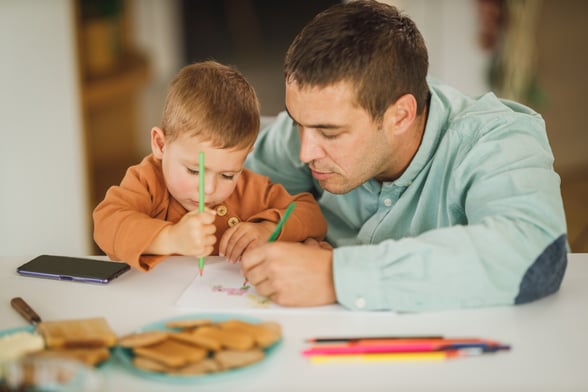
As we forge ahead, the importance of continuous learning and adaptation in developing preschool activities for children with autism cannot be overstated. Staying informed about the latest research, technology and strategies is crucial. Our Resources section is an ever-evolving treasure trove of information designed to empower educators and parents alike.
Personalized Learning Plans: A Key to Unlock Potential
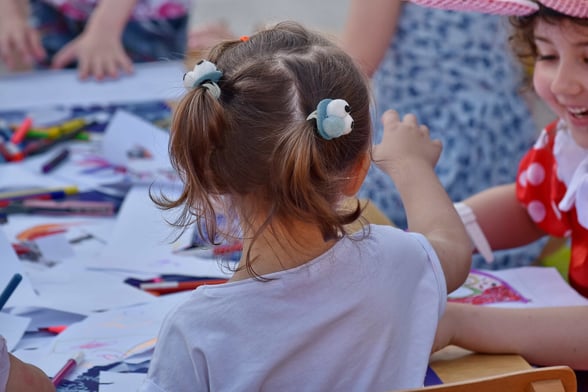
Each child with autism brings a unique set of strengths, challenges and preferences to the classroom. Personalized learning plans (PLPs) are essential in addressing these individual needs effectively. PLPs should include:
- Assessment insights: Use tools and resources to assess each child's developmental level, learning style and interests. Our childcare management software offers comprehensive features for tracking progress and identifying areas of need.
- Customized goals: Set specific, measurable, achievable, relevant and time-bound (SMART) goals tailored to each child's abilities and aspirations.
- Flexible teaching methods: Incorporate a variety of teaching strategies, such as visual aids from our technology tools and sensory activities, to cater to diverse learning preferences.
- Parent and caregiver involvement: Engage parents and caregivers in the planning process, ensuring each PLP aligns with each child's needs at home and in the community. Our online enrollment system facilitates easy communication and collaboration with families.
Feedback Integration: The Pathway to Continuous Improvement
Feedback from educators, parents and even the children themselves is invaluable in refining and optimizing learning plans. Effective feedback integration involves:
- Regular check-ins: Schedule consistent meetings to discuss progress, challenges and observations. Using tools like our multi-location management software can streamline these communications across different settings.
- Adaptability: Be prepared to adjust PLPs based on feedback. This may involve introducing new preschool autism activities, modifying goals or changing instructional approaches to better suit each child's evolving needs.
- Celebrating successes: Recognize and celebrate milestones, no matter how small. Sharing these successes can boost confidence and motivation for the child, their family and educators.
The Future of Technology in Autism Education
Technology plays a transformative role in enhancing learning experiences for children with autism. From interactive apps that promote language development to hardware kiosks for seamless check-in and check-out processes, the potential is limitless. Looking ahead, emerging technologies such as virtual reality (VR) and augmented reality (AR) hold promise for creating immersive and engaging learning environments tailored to the sensory and cognitive needs of children with autism.
As we anticipate the future of technology in education, it's essential to remain grounded in the principles of inclusivity, personalization and collaboration. By leveraging the latest innovations in a thoughtful and child-centered manner, we can unlock new horizons of learning and development for children with autism. Here are just a few of the tools you can use. Most offer some level of free usage, allowing you to test them out for your preschool.
|
Tool/App Name |
Purpose |
Age Appropriateness |
Availability |
|
Autism iHelp |
Language development through vocabulary exercises tailored for children with autism |
2-5 years |
|
|
Autism Nonverbal Therapy Game
|
Inspires creativity and skill development in children by letting them build playful artwork with diverse shapes and materials |
3+ |
|
|
Sensory Baby Toddler Learning |
Designed to engage children through a series of sensory experiences |
1-3 years |
|
|
Autism BASICS learning app
|
Empowers parents and therapists with daily activities, learning resources and expert guidance to support children with ASD |
2+ |
|
|
Visuals2Go |
All-in-one educational tool designed for creating visual supports for autism learning and communication boards |
All ages |
Key Takeaways
Our exploration has underscored several critical insights:
- Personalized learning is paramount: Tailoring educational autism preschool activities and strategies to each child's unique needs, strengths and interests is not just beneficial, it's necessary for fostering meaningful learning experiences.
- The power of technology: From software solutions that streamline administrative tasks to apps and tools that enrich learning, technology is a formidable ally in creating inclusive classroom strategies for autism educational environments.
- Feedback fuels progress: Continuous collaboration and communication with parents, caregivers and educators are crucial. Leveraging platforms like our communication tools ensures that every voice is heard and every insight is valued.
FAQs
How can I help my autistic preschooler learn and grow?
Supporting your autistic preschooler's learning and growth involves a combination of structured routines, personalized learning approaches and fostering a supportive environment, including:
- Consistent routines: Establish and maintain consistent daily routines to help them feel secure and understand what to expect next.
- Visual schedules: Use visual schedules to illustrate daily activities or routines, improving their comprehension and reducing anxiety.
- Developmental play for autism: Play-based learning is crucial. Engage in preschool autism activities that match their interests while introducing new concepts.
- Social stories: Create or use social stories for autism acceptance to teach social norms, behaviors and emotional regulation in a relatable way.
- Sensory-friendly learning environments: Ensure the learning space is sensory-friendly to minimize distractions and overstimulation.
- Technology: Incorporate educational technology and apps designed for children with autism to support learning.
- Therapeutic support: Consider therapies like occupational therapy, speech therapy or applied behavior analysis (ABA) therapy for preschoolers to address specific needs.
What are some ways to make the classroom more autism-friendly?
Creating an autism-friendly learning environment involves adjustments to the physical environment, teaching strategies, and communication methods, such as:
- Structured environment: Organize the classroom into clearly defined areas for different activities, using visual cues to delineate these spaces.
- Lower sensory overload: Use soft lighting, minimize noise and provide a quiet space where students can retreat if overwhelmed.
- Visual supports: Implement visual schedules, labels and instructions to help students understand expectations and routines.
- Emphasis on interests: Tailor learning materials and autism preschool activities to include the students' interests, increasing engagement and motivation.
- Flexible seating options: Offer various seating arrangements, like stability balls or cushioned areas, to accommodate sensory needs.
- Simplified instructions: Break down tasks into manageable steps, using clear and concise language.
- Peer interactions: Facilitate structured social interactions to build social skills in a controlled environment.
What resources are available to help parents of autistic preschoolers?
There are many resources that can help. Here are lists in various support categories.
Educational Materials and Workshops
- Autism Speaks: Offers a wide range of educational materials, including free webinars, articles and toolkits specifically for parents. They also host workshops and events across the country.
- National Autistic Society: Provides comprehensive information and resources, including factsheets, guides and online courses.
- The Hanen Centre: Specializes in early intervention for children with social communication challenges. They offer online courses, workshops and parent resources on topics like building communication skills, reducing challenging behaviors and behavior management in autistic preschoolers.
- CDC Developmental Milestones Tracker: This interactive tool from the CDC helps parents track their child's development and identify potential concerns.
Online Forums and Support Groups
- ASAN - Autistic Self Advocacy Network: Offers online forums and communities where autistic adults and parents of autistic children can connect, share experiences and find support.
- Wrong Planet: An online community for autistic people and their families, offering forums, blogs and other resources.
Local Support Groups
- Autism Speaks Autism Society Locator: Helps you find local chapters and support groups near you.
Therapeutic Resources
- American Speech-Language-Hearing Association (ASHA): Helps you find a qualified speech-language pathologist in your area.
- Occupational Therapy Association: Helps you find an occupational therapist in your area.
Government and Nonprofit Organizations for Autism Support
- Early Intervention (EI) Services: Federally funded programs that provide early intervention services to children with developmental delays, including autism. Contact your state's early intervention agency to learn more and see if your child qualifies.
- Autism Speaks Advocacy and Resources: Provides information on advocacy efforts and resources related to insurance coverage and governmental assistance programs for autism.
- National Autistic Society Benefits and Money: Provides information on UK-specific benefits and financial support available for autistic individuals and their families.
Books and Guides
- CDC Autism Spectrum Disorder Guide: Provides a fact sheet on autism spectrum disorder with concise information and resources.
- Autism Speaks Educator Toolkit: Provides a series of tools educators can use to help autistic children and adults.
- "Incredible Years: Autism Edition" by Maurice J. Elias, Ph.D. and Stephanie G. Feinberg, Ph.D.: Teaches parents evidence-based strategies to foster social and emotional development in autistic children.
Get 100+ Editable and Printable Templates for Almost Every Preschool Situation
We know preschools like yours are busy. That's why we made dozens of templates to help you manage the various aspects of your organization. With billing and invoicing, activity templates, forms and even marketing materials, we have it all. Download all 100 today!






